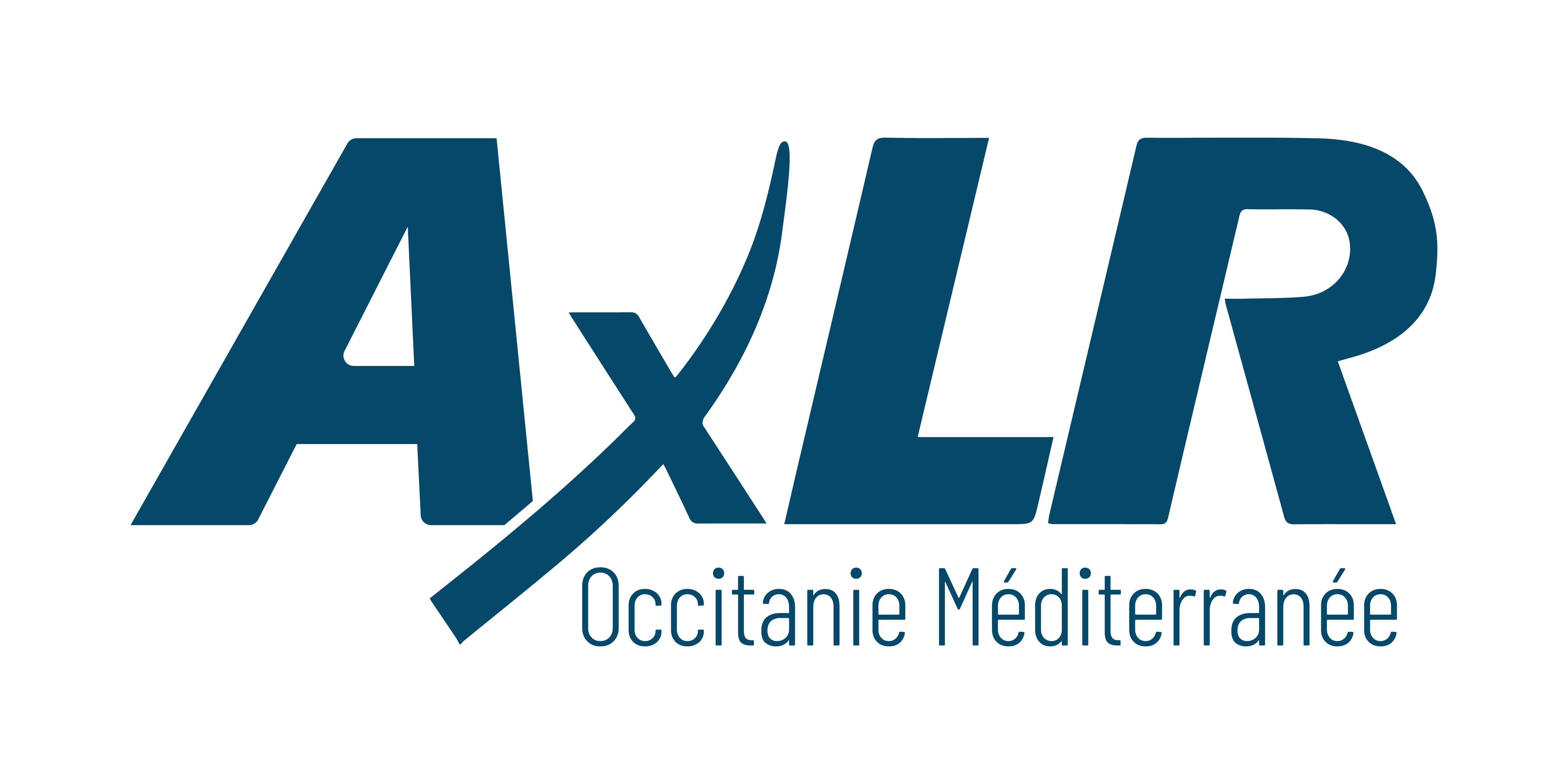STAR TRACKER
Development of a miniaturized star sensor for nanosatellite applications
Context
Being able to control the attitude of nanosatellites is a key function for missions requiring precise direction and a high level of stability, as is the case for telecommunications and earth observation missions. This function is implemented by a subsystem called the Attitude Determination and Control System (ADCS), which comprises an attitude sensor, calculator, and actuators. Attitude sensors implement various technologies, including solar sensors, magnetometers, GPS, earth horizon sensors, and star sensors. Cost constraints are a significant factor for nanosatellites, most often resulting in the choice of lower-precision solutions. At this time, “star sensors” have never been used in a nano satellite (<6U) for cost reasons, yet they are the only sensors able to guarantee positioning accuracy sufficient to enable many types of applications.Benefits
The star sensor developed in this project are designed to achieve the following specifications: 5’ response time; 1 second “lost in space” response time; 20 Hz frequency; 1W consumption; weight 0.1 kg.Applications
Space/nanosatellite applications for telecommunications or observation and/or mapping missions.AVAILABLE TECHNOLOGY I Star sensor – Nanosatellite
